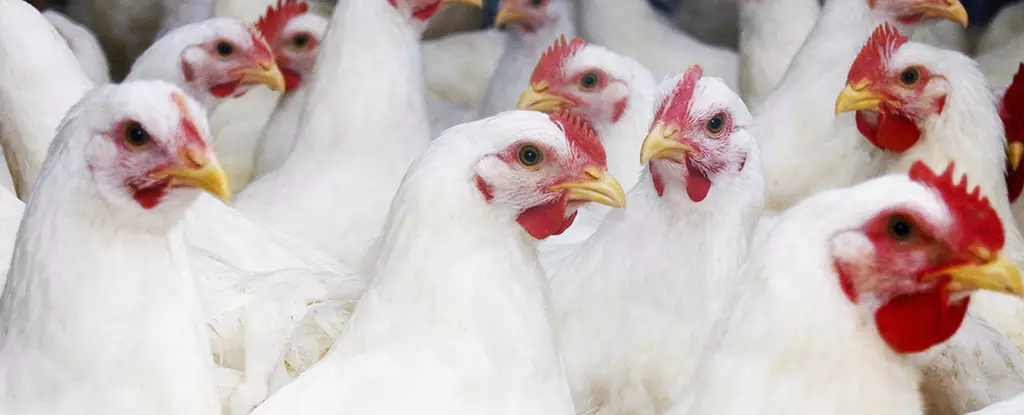Recently, bird flu has been reported to have spread from a Colorado dairy farm to a nearby poultry farm, infecting five human workers who were tasked with culling the birds. The avian influenza H5N1 virus is highly contagious and has the potential to cause a pandemic. The US Centers for Disease Control and Prevention (CDC) confirmed four of the human cases linked to the commercial egg laying business, while the fifth case is pending CDC confirmation.
According to the US Department of Agriculture’s acting senior adviser Eric Deeble, genomic sequencing of samples from the poultry operation confirmed the same genotype of highly pathogenic avian influenza found in the nearby dairy herds. This suggests that the virus may have jumped from dairy cattle to the poultry farm. The ability of the virus to infect different animal hosts without needing to mutate significantly is a major concern for scientists, as it could lead to more efficient spread among various species.
Despite the spread of the virus to humans, CDC officials maintain that the risk to the general population is low. The agency has not recommended specific vaccines for livestock workers, as the symptoms observed so far have been mild. Preliminary analysis of the virus’s genes from one of the infected patients did not show any concerning mutations. While symptoms in infected humans have been minor and recovery quick, the impact on agriculture could be significant.
Cows in the US have started contracting avian flu earlier this year, with the virus spreading to humans as well. The virus can render milk from infected cows unsafe for consumption, and massive culling of livestock is required to prevent further spread. For example, the Colorado poultry farm had to cull 1.8 million birds. Such culls can increase the risk of infection for humans involved in the process, such as the five workers infected in this case.
The infected workers were responsible for loading birds into carbon dioxide gas chambers for culling, a task that involved significant contact with potentially infected birds. The use of industrial fans could have contributed to the spread of the virus by dispersing virus-carrying feathers. Additionally, the hot temperatures in Colorado on the day of the culling may have made it difficult for workers to maintain proper personal protective equipment (PPE) measures.
Efforts are being made to investigate strategies for better transmission prevention, as highlighted by the enlistment of an industrial hygienist. The ability of avian influenza H5N1 to infect multiple animal hosts and potentially mutate and spread efficiently poses a significant challenge for public health officials. As the investigation continues, it’s crucial to establish proper protocols for handling infected animals and preventing human transmission to mitigate the impact of the virus on both agriculture and public health.
The spread of avian influenza H5N1 from a dairy farm to a poultry farm and its subsequent infection of human workers highlights the complex nature of zoonotic diseases and the potential consequences of interspecies virus transmission. Vigilance, coordination, and swift action are essential to contain the spread of such viruses and protect both animal and human populations.


Leave a Reply